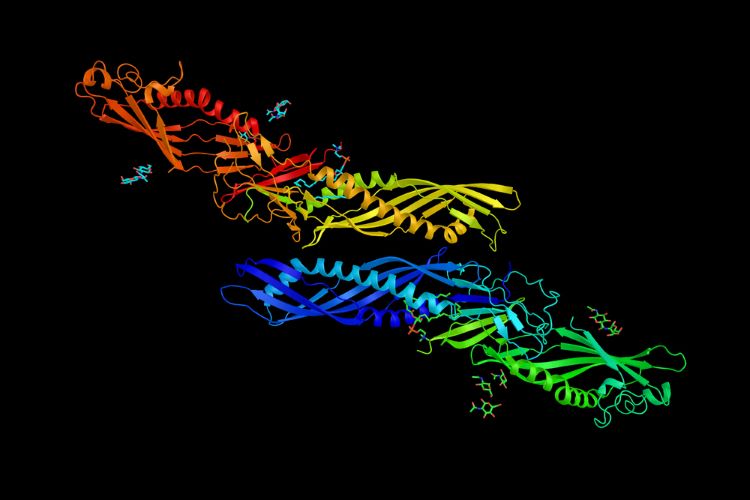Novel strategy could facilitate rapid online-endotoxin monitoring
Posted: 11 September 2023 | Catherine Eckford (European Pharmaceutical Review) | No comments yet
An innovative, chemosensor-based method for detection of lipopolysaccharide (LPS) is set to facilitate development of a rapid online-endotoxin monitor.


A new strategy to detect lipopolysaccharide (LPS) in minutes in soluble samples has been developed by Japanese researchers. The platform holds potential in revolutionising how LPS is screened.
High-throughput LPS detection of endotoxins was achieved by combining a fluorescent chemosensor with a flow injection analysis (FIA) system and a self-developed dual-wavelength fluorophotometer.
The paper, published in Analytical Chemistry reported on a chemosensor that forms distinct complex aggregates by binding to LPS molecules, which exhibit fluorescence at specific wavelengths that are simultaneously and accurately measured by the fluorophotometer.
Determining accurate estimation of true endotoxin concentration
The method for rapid endotoxin detection
While the gold standard for endotoxin detection is the limulus amebocyte lysate (LAL) test, it is expensive and time-consuming.
Instead, the study used a compound: a ratiometric fluorescent chemosensor called Zn-dpa-C2OPy that exhibits fluorescent properties when bound to LPS. The chemosensor forms complex aggregates with the toxin in a solution, according to the authors.
These aggregates have a different structure compared to the aggregates of either the chemosensor or LPS alone. These aggregates emit light at a different wavelength when excited by UV light. According to Kimoto et al., their presence was further verified through spectrometric measurements.
The detection system enabled a liquid sample to be mixed with a known quantity of chemosensor. The mixture was then fed into the fluorophotometer, which measured the fluorescence changes in response to LPS.
Based on the ratio between the fluorescence intensities, the concentration of LPS in the input sample can be estimated, the authors wrote.
Critically, for endotoxin detection, the method only takes “one minute from sample collection to analysis results, with an hourly sample throughput of 36, making this technique extremely rapid and efficient,” according to Hiroshi Kimoto, PhD student at Sophia University, Japan.
To quantify LPS, the chemosensor in the study exhibited a detection limit of 11 pM (picomolar). This is lower than that of other reported small molecule chemosensors for LPS detection, the paper highlighted. Additionally, another benefit of this system is that it animal-friendly
As for long-term applications, “an online-endotoxin monitor will be developed and made available for use in real-life situations…It would enable [continuous monitoring of endotoxin concentrations] in pharmaceutical products, such as water for injection (WFI), or the blood of infected patients,” Kimoto added.









